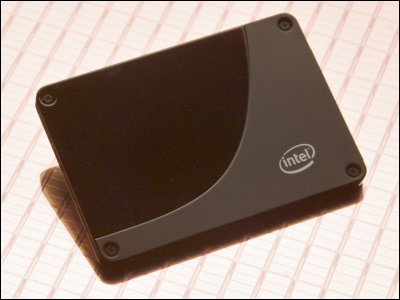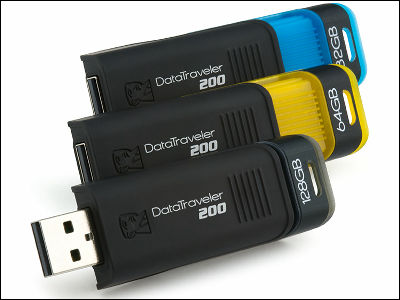How will "memory (RAM)", which has supported the evolution of computing, evolve in the future?

Semiconductor memory (RAM), which is indispensable for PCs and smartphones, has been promoting large capacity, high speed, and low price with the times. Looking at the new memory technology that is being developed to replace RAM in the world of computing where evolution has been brought about by low cost memory, the role and importance of memory in the future of computing will be in the future It does not seem to change either.
Thanks for the memory: How cheap RAM changes computing | Ars Technica
http://arstechnica.com/gadgets/2016/11/how-cheap-ram-changes-computing/
Generally referred to as "memory"Random access memory (RAM)"Is a storage device that can access the stored data in any order. The RAM is responsible for passing data between the CPU that performs arithmetic processing and the storage that stores data, and it is an indispensable part for computers such as PCs and smart phones. History has proven that this RAM has been accelerated, increased in capacity and lower in price, and has played a major role in improving the performance of computers. History further advances that further evolution of RAM will determine future evolution of computing It is not an exaggeration to say.
DRAM made by Carl Zeiss that realized 1 Mb.

The price of RAM is water, and it has a larger price range than other semiconductors. However, in the long term, the price per unit of RAM is steadily declining. A memory of 1 GB capacity that cost more than 1000 dollars (about 100,000 yen) in 2000 is only 5 dollars (about 500 yen) as of 2016. Not only DRAMSSDSuch asNonvolatile memoryThe price continued to fall with the time, and the performance of the computer continued to rise by this.
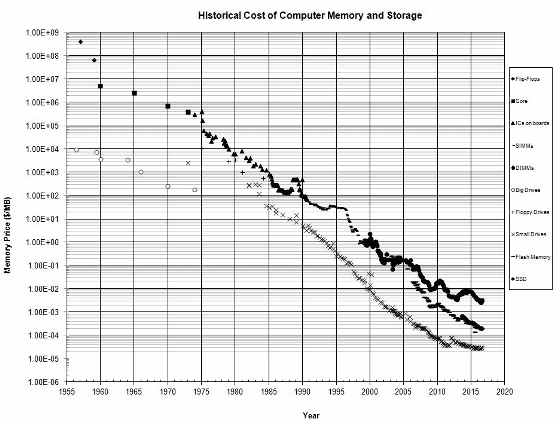
On the current computer, RAM contains "Dynamic Random Access Memory (DRAM)"Semiconductor memory that stores information and stores information is used. However, DRAMVolatile memoryBecause of that, there is a big disadvantage that you can not hold data if you lose power. To compensate for this, data is periodically written back to the storage, but this work also has the disadvantage that complete redundancy is not preserved and further processing speed is slowed down.
Nonvolatile memory that eliminates volatility, which is a drawback of RAMNAND flashIs used in SSD and so on, and SSD is replacing HDD, which is a conventional storage medium. In the same way as RAM, the performance improvement of SSD is progressing in data centers where higher reliability and performance are required in recent years. However,A survey conducted at the data center for a long period of 6 yearsSo, it is not at the stage where SSD is still completely replacing HDD, such as "Conclusion that the reliability of SSD is lower than existing HDD" is concluded.
We are also developing new RAM that has intermediate characteristics between RAM and NAND flash by compensating for the merit of high speed and DRAM's disadvantage of volatility.Magnetoresistive memory (MRAM)Is one of the leading alternative memory. MRAM, which records data by magnetizing memory cells, is expected to be a memory to replace DRAM and storage because it has a great feature that it has high writing speed in spite of nonvolatility and unlimited number of rewrites.
Semiconductor companies of 20 companies in Japan and the United States jointly developed next-generation memory "MRAM" whose storage capacity is ten times the current memory and power consumption is two thirds, and mass production is clearly finished - GIGAZINE

In addition, "Intel and Micron jointly developed"3D XPoint(3D cross point) "is also a powerful memory technology. 3D XPoint memory whose recording density is 10 times or more of DRAM, writing speed & durability is 1000 times of NAND flash and has non-volatility characteristics,DIMMIt also assumes that DRAM is used as a cache and it is used as ultra high speed storage. In addition to that, IBM uses mutual change of crystalline / amorphous of chalcogenide glass for data recording "Phase change memory"Has the potential to be able to produce nonvolatile memory with higher density and lower cost than DRAM.
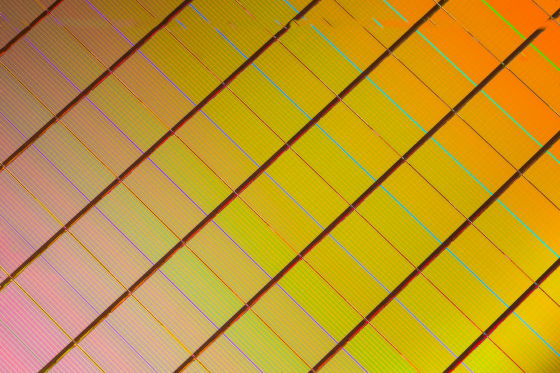
For PCs and smart phones for consumers, RAM capacity increase and high speed demonstrate great power in multitasking applications. Therefore, the demand for large capacity and high speed of RAM is great, and this tendency is the same also in state-of-the-art supercomputers. In 2016, China's "the world's fastest supercomputer"Priestess"1.3 PB (1300 TB) DDR3 memory is carried. Large capacity / ultra high speed memory is indispensable for high performance supercomputers, and it is a supercomputer of the post "Kyo" generation which RIKEN and Fujitsu jointly develops with the goal of 2020, and Edinburgh which will be completed in 2022 The next generation supercomputer of Super Computer Center is considered to be equipped with 3D XPoint memory along with DRAM.
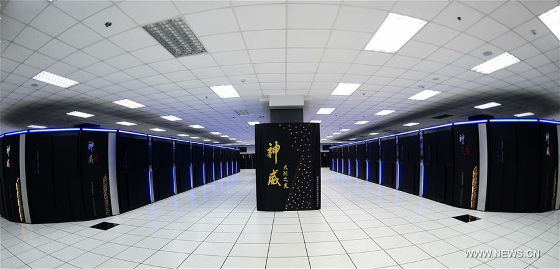
The "Exascale Computing Project" proposed by President Obama of the United States has set the goal of completing a new super computer at the exabyte scale by 2023. Among them, remarkable performance improvement not only in processing speed but also in power efficiency Is required. The role played by RAM is expected to become even bigger in order to satisfy this conflicting condition, and it seems that future improvement of RAM will be required for computer evolution.
Related Posts:
in Hardware, Posted by darkhorse_log

